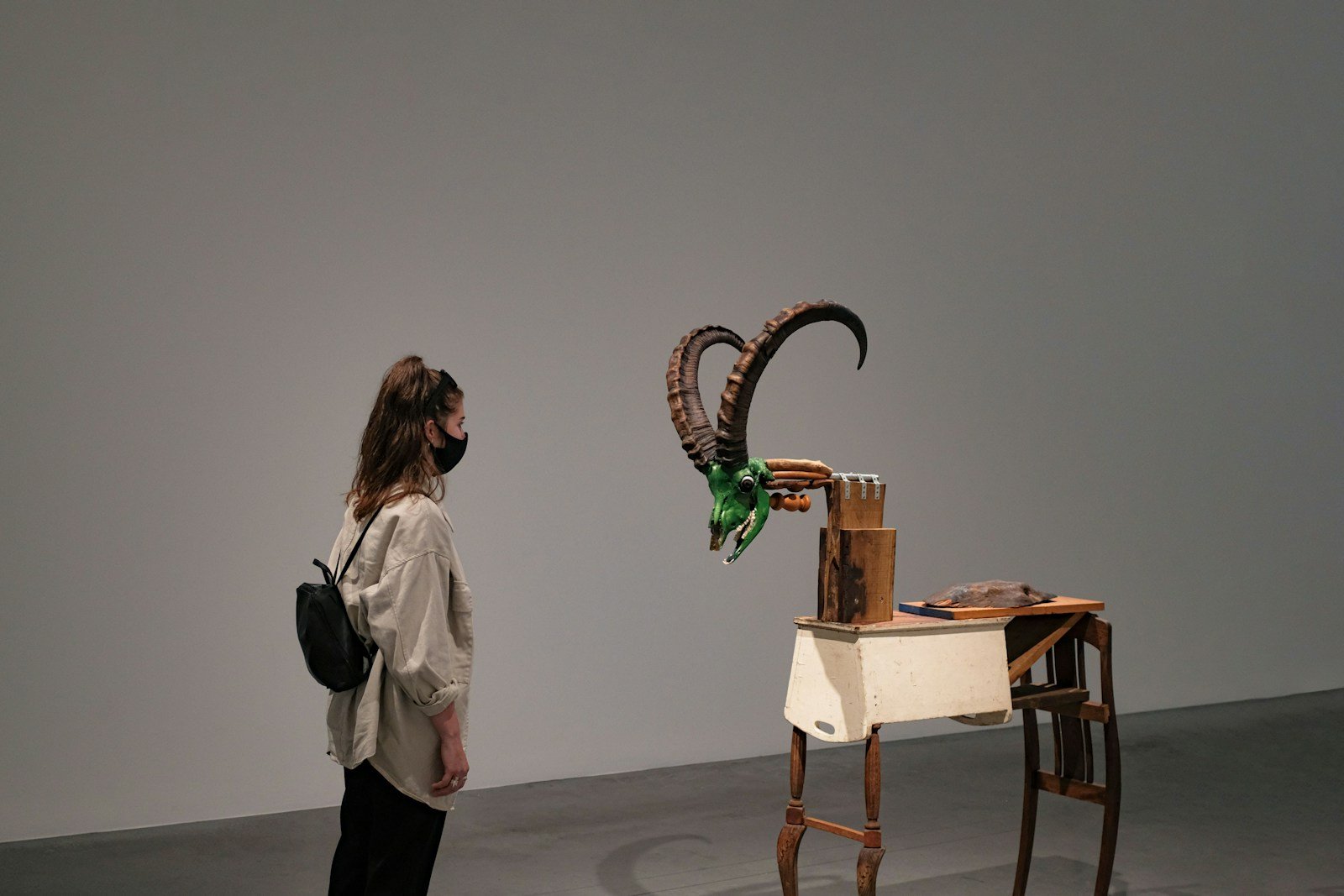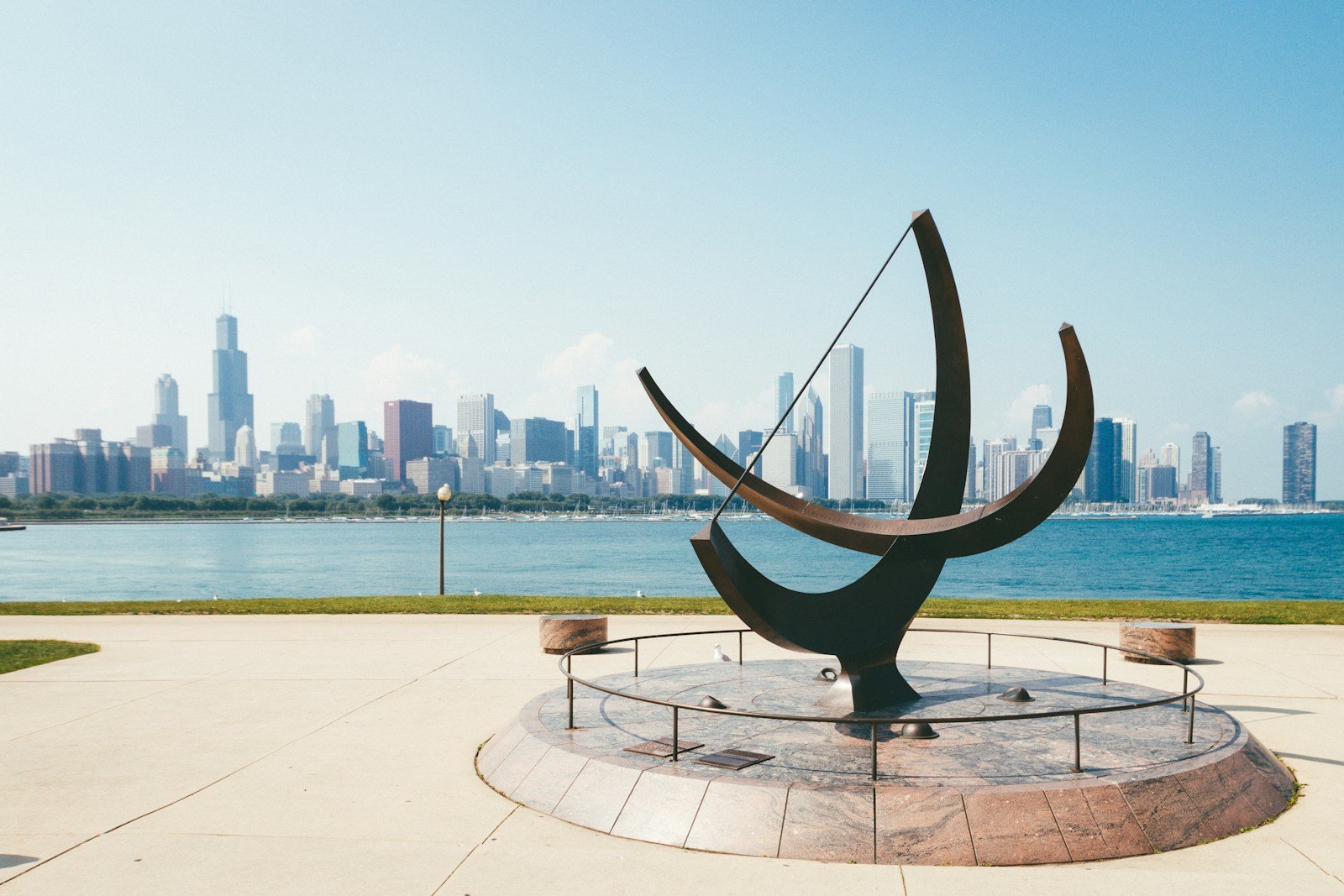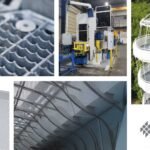Sculptors of today are increasingly breaking away from conventional norms by experimenting with a diverse range of materials and techniques.
This departure from tradition allows for the exploration of new avenues for creative expression and pushes the boundaries of what sculpture can achieve. By challenging the limitations imposed by established practices, artists are able to infuse their works with fresh perspectives and originality.
In this dynamic landscape, sculptors are incorporating unconventional materials such as recycled plastics, industrial metals, and organic matter into their creations. By embracing these alternative mediums, artists are able to convey deeper narratives and provoke thought-provoking discussions on contemporary issues. Through innovative techniques like 3D printing, laser cutting, and digital sculpting, sculptors are able to craft intricate forms and structures that were previously unthinkable, thereby reshaping the landscape of the art world.
Exploring Interactive and Kinetic Elements
Interactive and kinetic elements are becoming increasingly popular in contemporary sculpture, as artists seek to engage viewers on a new level. By incorporating movement and interactivity into their works, sculptors are able to create dynamic pieces that invite participation and exploration. These elements add a sense of playfulness and engagement, breaking away from the traditional static nature of sculpture and inviting viewers to interact with the artwork in a more tactile and experiential way.
Through the use of technology such as sensors, motors, and other mechanical components, artists are able to explore the possibilities of movement and interaction in their sculptures. This allows for a more dynamic and immersive experience for the audience, blurring the lines between art and viewer. The incorporation of interactive and kinetic elements opens up new avenues for creative expression and challenges traditional notions of sculpture, creating a dialogue between the artwork and the viewer that goes beyond mere observation.
Utilizing Mixed Media and Found Objects
In contemporary sculpture practices, the incorporation of mixed media and found objects has become increasingly prevalent. Artists are continuously pushing the boundaries of traditional materials and techniques by embracing a wide range of materials and objects to create innovative and unique works. By blending various media such as wood, metal, fabric, and even everyday objects like discarded items or recycled materials, sculptors are able to add layers of meaning and complexity to their creations.
This approach not only challenges the conventional notions of sculpture but also allows artists to explore new possibilities for expression and storytelling through their artwork. By utilizing mixed media and found objects, sculptors are able to bring together contrasting textures, colors, and forms to create dynamic and visually engaging pieces that invite viewers to contemplate the beauty and complexity of the world around them.
Embracing Digital Technology in Sculpture
In the realm of contemporary sculpture, artists are increasingly embracing digital technology to push the boundaries of traditional sculptural practices. By incorporating digital tools such as 3D modeling software, CNC machining, and 3D printing, sculptors are able to explore new avenues of form, texture, and scale in their works. These technological advancements not only offer artists greater precision and efficiency in their creative process, but also open up possibilities for experimentation and innovation in the medium of sculpture.
Digital technology in sculpture allows artists to transcend the limitations of physical materials and techniques, enabling them to create intricate and complex forms that were once thought impossible. Through the use of digital software and fabrication methods, sculptors are able to manipulate digital designs with ease and replicate them with astonishing accuracy. This fusion of digital technology with traditional sculptural practices not only challenges conventions in the art world, but also invites viewers to engage with sculpture in fresh and dynamic ways.
Pushing Boundaries with Large-Scale Installations
The realm of large-scale installations in contemporary sculpture is a domain where artists incessantly strive to exceed prior conceptions of size, scope, and impact. These monumental creations disrupt the traditional boundaries of physical space, captivating audiences with their imposing presence and immersive qualities. Whether erected in urban environments or amidst natural landscapes, these installations provoke thought, evoke emotions, and challenge viewers to interact with art in ways never before imagined.
As artists push the boundaries of large-scale installations, they harness materials, technologies, and concepts that propel sculptural expression into uncharted territories. By embracing innovative techniques, unconventional mediums, and avant-garde aesthetics, these creators transcend the limitations of conventional sculpture, transforming their visions into monumental masterpieces that redefine the very essence of art in the public sphere. Through these ambitious undertakings, artists not only showcase their technical prowess but also demonstrate their unwavering commitment to expanding the horizons of artistic possibility.

Addressing Social and Political Issues through Sculpture
Many contemporary sculptors are using their art as a platform to address pressing social and political issues. By creating thought-provoking sculptures that engage with topics such as inequality, environmental degradation, and human rights violations, these artists are sparking important conversations within society. Through the power of visual storytelling and symbolism, sculptors are able to communicate complex ideas and evoke emotional responses from viewers, amplifying the messages they seek to convey.
Sculptures that address social and political issues serve as powerful tools for activism and advocacy. They have the ability to challenge existing norms, provoke critical reflection, and inspire collective action towards positive change. By placing these sculptures in public spaces or galleries, artists are able to reach a wider audience and influence public discourse on important issues that impact communities locally and globally.
Experimenting with Light and Shadow in Sculptural Works
Playing with light and shadow in sculptural works adds a dynamic element that transforms the piece depending on the angle and intensity of light. The interplay between light and shadow can create a sense of movement, depth, and texture, enhancing the overall visual impact of the sculpture. Artists who experiment with these elements often consider how natural or artificial light sources interact with the materials used to construct the piece, leading to captivating and ever-changing displays for viewers.
By strategically positioning sculptures in relation to light sources, artists can manipulate the way shadows are cast, creating intricate patterns and silhouettes that contribute to the overall aesthetic appeal of the artwork. The contrast between light and shadow can evoke different moods and emotions, adding an element of drama and mystery to the sculptural experience. Through careful consideration of light and shadow, artists can elevate their sculptures beyond mere physical forms, engaging viewers in a sensory exploration of space and dimension.
Incorporating Sound and Performance into Sculptural Pieces
Sound and performance have become integral elements in contemporary sculptural practice, adding layers of sensory experience to the viewer’s engagement with the artwork. The incorporation of sound can evoke emotions, create ambiance, or convey narratives that deepen the conceptual impact of the sculpture. Whether through the use of ambient noise, recorded voices, or live musical performances, sound adds a dynamic element that transforms the static nature of traditional sculpture into a multi-dimensional encounter.
Similarly, the integration of performance art within sculptural pieces introduces a temporal aspect that challenges notions of permanence and ephemerality. Artists experiment with live performances that interact with or respond to the sculptural forms, blurring the boundaries between object and action. This fusion of sculpture and performance creates opportunities for audience participation, inviting viewers to become active participants in the creation and unfolding of the artwork.
Engaging with Environmental and Site-Specific Sculpture
Environmental and site-specific sculpture serves as a powerful way for artists to interact with the natural world and specific locations. By creating works that are directly influenced by the environment in which they are placed, artists can deepen the connection between art and nature. These sculptures often encourage contemplation of our surroundings and raise awareness of environmental issues, as they exist in harmony with the landscape, sparking conversations about conservation and sustainability.
Site-specific sculptures also have the ability to transform spaces, making viewers more conscious of the environment and their relationship to it. Through careful consideration of the location and its unique characteristics, artists can create immersive experiences that invite viewers to engage with their surroundings in new and meaningful ways. By blending art with the natural world, environmental and site-specific sculpture challenges traditional notions of where art belongs, pushing boundaries and inviting audiences to experience artistic expressions in unconventional settings.
Collaborating with Architects and Designers for Public Art Projects
Collaborating with architects and designers for public art projects is a dynamic process that brings together diverse creative minds to conceptualize and execute impactful pieces in communal spaces. This partnership often results in the seamless integration of sculptural elements within architectural frameworks, enhancing the overall aesthetics and functionality of public areas. Through close collaboration, sculptors can leverage the expertise of architects and designers to create works that not only resonate with the surrounding environment but also engage with the community on a deeper level.
The synergy between sculptors, architects, and designers fosters innovative approaches towards public art installations, pushing the boundaries of traditional artistic practices and spatial design. By harnessing the collective imagination and technical proficiency of all collaborators, public art projects can transcend conventional expectations and evolve into immersive experiences that blur the lines between art and architecture. This collaborative effort enriches urban landscapes with thought-provoking sculptures that serve as focal points for dialogue, contemplation, and cultural exchange within the public realm.




